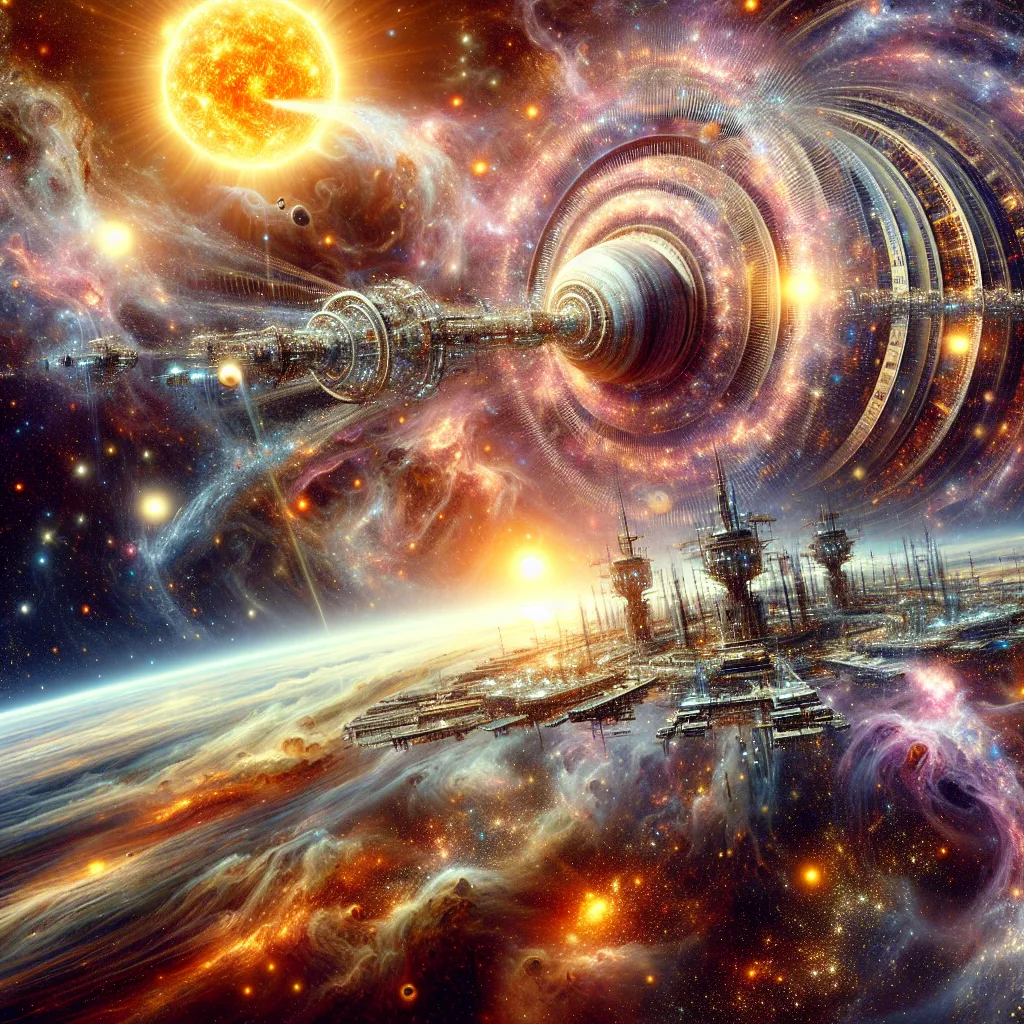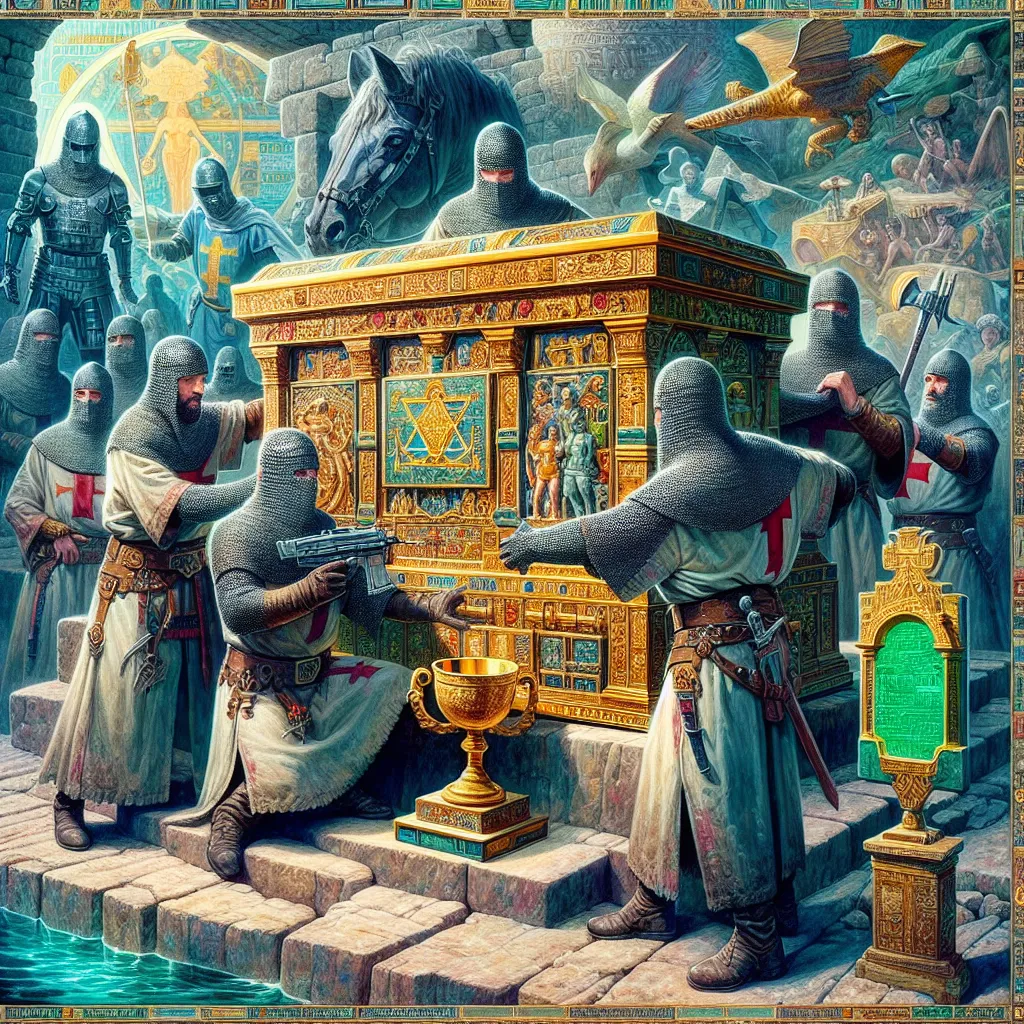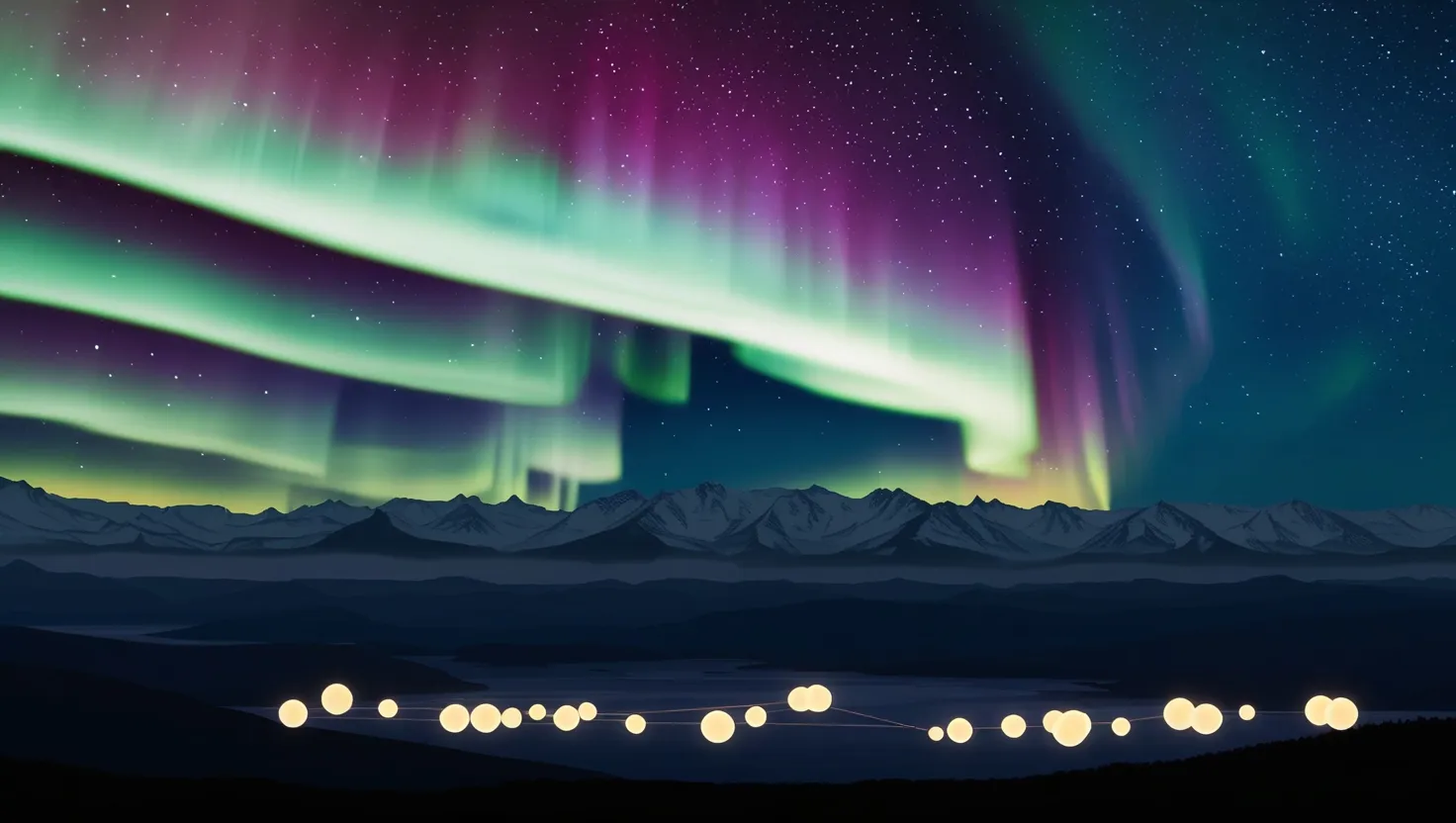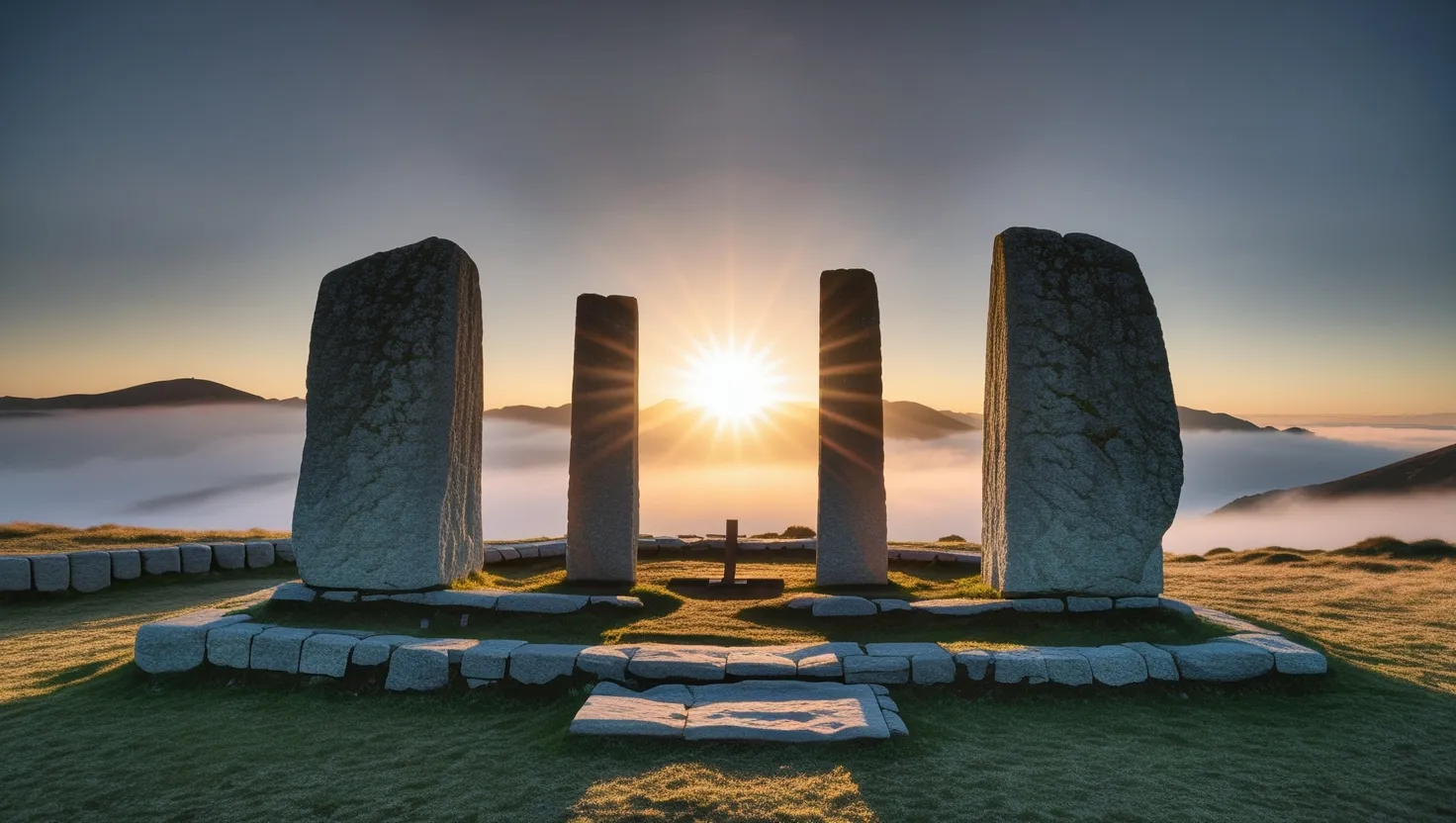Nothing in the universe stands still. In the Milky Way, billions of stars orbit the galactic center. Our Sun, like many stars, stays about 30,000 light years from the center, taking 230 million years to complete one orbit. This movement isn’t a smooth dance; it’s more like a chaotic skating rink filled with wobbly toddlers. This chaos makes our galaxy a pretty risky place.
Stars in our neighborhood zoom around at hundreds of kilometers per second. The sheer distances between these stars keep us safe from collisions. But this could change. One day, a star might go supernova or a massive object might pass by, showering Earth with asteroids. If that happens, we might know thousands or millions of years ahead but still be helpless unless we can move our entire solar system.
Moving the solar system sounds wild, right? We’d need a massive structure called a stellar engine to steer our Sun through the galaxy. This kind of project might be built by an advanced civilization with technology equivalent to a Dyson sphere, thinking millions of years ahead.
Luckily, we don’t need to move all the objects in the solar system. With the Sun’s gravity holding everything together, moving the Sun would drag everything else along. One of the simpler ideas is the Shkadov thruster, a huge mirror reflecting solar radiation to create thrust and gently push the Sun.
For the Shkadov thruster to work, the mirror must stay in place, not orbit the Sun. Radiation pressure can counteract the pull of the Sun’s gravity, needing the mirror to be ultra-light but strong, possibly made from aluminium alloys. The mirror should be parabolic to direct photons properly, maximizing thrust without overheating the Sun.
Building a Shkadov thruster over the Sun’s poles is safest, avoiding the risk of burning or freezing Earth. But this limits our solar system’s movement direction. Even with its limitations, for a civilization capable of a Dyson Sphere, this is doable and could move our solar system around 100 light years in 230 million years. However, it’s not fast enough to dodge imminent threats like supernovae.
For a quicker solution, there’s another concept, the Caplan thruster. This device works like a rocket, powered by nuclear fusion and fed by a Dyson sphere. It propels the Sun with a jet of particles, moving faster and more efficiently. The Caplan thruster uses large electromagnetic fields to draw fuel from the Sun, heating it to gather more material.
The Caplan thruster not only pushes the Sun but keeps itself balanced by shooting hydrogen jets back at the Sun. This engine could move the Sun 50 light-years in a mere million years, with the potential to redirect our solar system within 10 million years. Plus, the Sun’s mass is so vast that using it as fuel barely affects it, even possibly extending its lifespan by reducing its mass.
A Caplan thruster could turn our solar system into a giant spaceship, traveling across the galaxy and perhaps beyond. Such machines would be made by societies thinking in eons, letting future human descendants explore and colonize other stars without facing the void between them.
Until we achieve this, we’re at the mercy of our chaotic galaxy. Perhaps our descendants will harness these ideas and make humanity an interstellar species. As we reflect on the past year and look to the future, we embrace the chance for a new beginning. Let’s keep looking ahead, finding ways to protect and expand our place in the universe.






